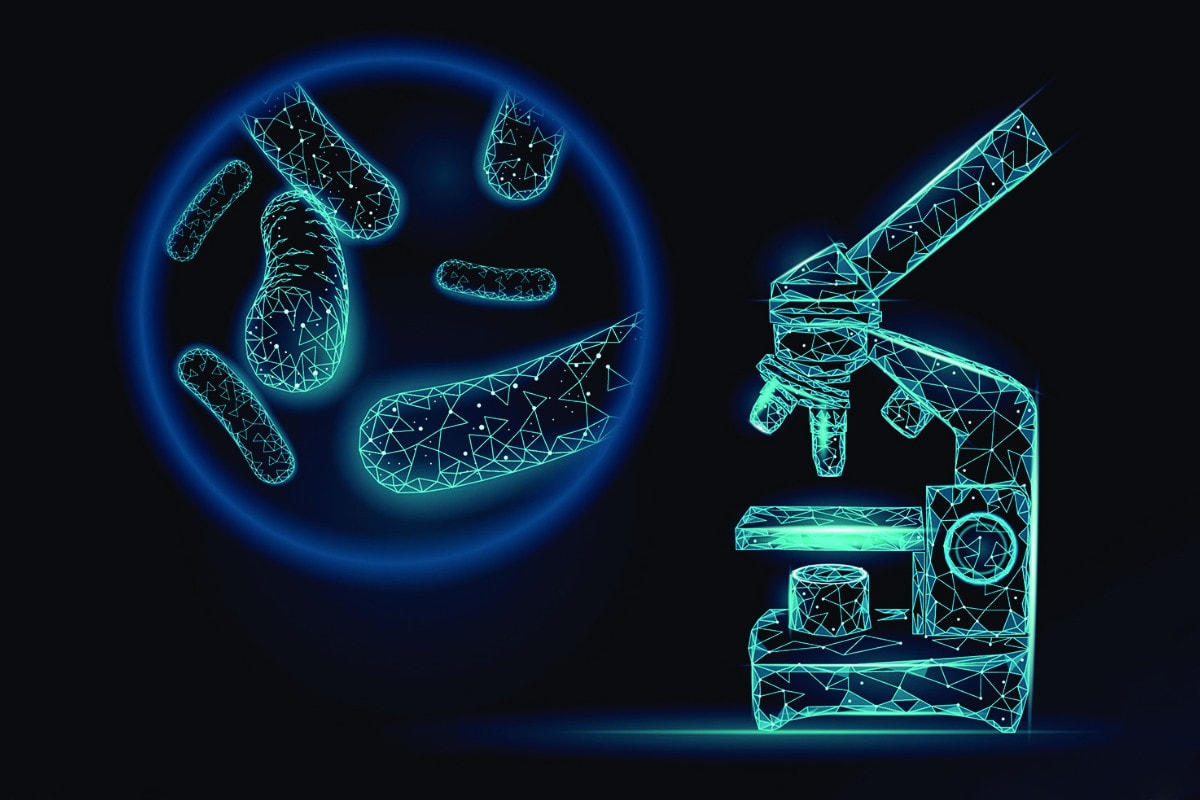Výskum,Zaujímavosti
Probiotiká ako prevencia a manažment ľudských chorôb
Napísali o nás – Vedecký článok publikovaný v médiu Elsevier zameranom na výskumno-vedeckú činnosť s celosvetovou pôsobnosťou.
29.1 Probiotics—the concept
Diseases existed long before evolution reached Homo sapiens. Over thousands of years, man has been immersed in an ocean of microorganisms invisible to him, which not only made him ill, but also helped him heal and survive. Only in the 19th century, called the “golden age of microbiology,” did the great researchers R. Koch, L. Pasteur, I. Metchnikoff and others point out that there are pathogenic microorganisms visible under a microscope which are “enemies” of human health. Yet many centuries before these epoch-making discoveries, people knew about the beneficial effects of fermented foods; contemporaneous probiotics are derivatives of these ancient food stuffs. The use of fermented milk is a part of the history of human civilization. The term “fermentation” has a Latin root (fermentum—boiling), as the grapes crushed for wine have formed bubbles, characteristic of boiling liquid. The use of fermented milk has been known since ancient times (Sumer, Egypt, Greece, and Rome).
Geographical differences and cultural traditions have coined its name: koumiss, kefir, yogurt, etc. The secret of fermentation was revealed by Louis Pasteur (20th century), who states that the process is due to the presence of yeasts, but does not make an association between these microorganisms and their possible health effects. Professor I. Metchnikoff took the next big step in 1907 (Metchnikoff, 1907). He formulated the hypothesis of putrefactive microorganisms inhabiting the human colon, which leads to a kind of autointoxication with waste metabolites and thus shortens human life. Shortly before that (1905) the young Bulgarian doctor Stamen Grigorov discovered in Geneva the lactic acid bacillus, which leads to fermentation of milk and turns it into yogurt; he worked with an lactic acid starter sent to him directly from Bulgaria. Metchnikoff believed that Lactobacillus bulgaricus suppressed putrefactive pathogens in the colon and thus helped to prolong human life (the scientist himself consumed yogurt daily for the rest of his life). That marks the beginning to many studies on the healing and prophylactic properties of yogurt and Lactobacilli.
Two world wars and the discovery of antibiotics overshadowed Metchnikoff’s ideas for decades. Yet in 1965, the name “probiotic” entered the medical literature and has no longer been off the stage. Of 176 publications in literature, there were 1476 (2014) articles and 477 randomized (medical) trials (according to PubMed). In February 2019, the number of publications related to probiotics was 20,315, which illustrates the great interest and human hope for modern application of lactic acid fermentation products. Probiotics are a concept from the beginning of the 20th century, which modern humans need more and more frequently. Furthermore, today they are accepted and scientifically proven to be a useful component in nutrition, with an important role for good physiological status, healthy balance and disease prevention in humans and animals. The word “probiotic” comes from Latin (“pro” meaning for), and ancient Greek (“bios” meaning life), that is, “for life.” It was first used in 1954 to compare the harmful effects of antibiotics with those beneficial to the bacteria probiotica. Today, the International Scientific Association for Probiotics and Prebiotics defines “probiotics” as “live microorganisms that, when administered in adequate amounts, confer a health benefit on the host” (Hill et al., 2014). Probiotics as “living microorganisms” have prophylactic and therapeutic effects that improve the internal microbial balance.
Today, the world is returning to natural remedies for health prevention. Probiotics take the leading place among them. It creates a new challenge for scientists, technologists, and physicians. A response to new requirements in the 1st century is the elaborateness of new technologies for the production of probiotics, and functional foods for the prevention and treatment of many diseases that lead to the genesis of the disturbed balance of gut microbiota (Anukam & Reid, 2007; McFarland, 2015).
Celý článok v pôvodnom znení nájdete tu.
